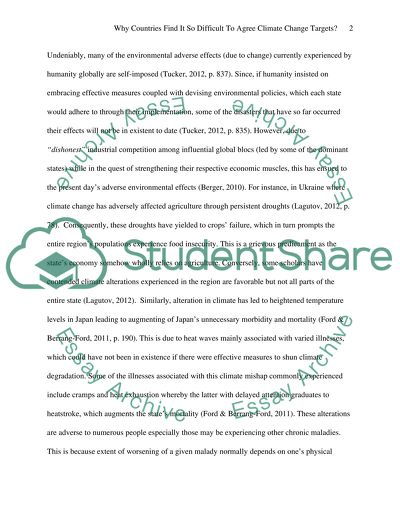Cite this document
(“Why countries find it so difficult to agree climate change targets Coursework”, n.d.)
Why countries find it so difficult to agree climate change targets Coursework. Retrieved from https://studentshare.org/finance-accounting/1678259-why-countries-find-it-so-difficult-to-agree-climate-change-targets-you-should-also-offer-potential-solutions-to-the-barriers-that-you-identify
Why countries find it so difficult to agree climate change targets Coursework. Retrieved from https://studentshare.org/finance-accounting/1678259-why-countries-find-it-so-difficult-to-agree-climate-change-targets-you-should-also-offer-potential-solutions-to-the-barriers-that-you-identify
(Why Countries Find It so Difficult to Agree Climate Change Targets Coursework)
Why Countries Find It so Difficult to Agree Climate Change Targets Coursework. https://studentshare.org/finance-accounting/1678259-why-countries-find-it-so-difficult-to-agree-climate-change-targets-you-should-also-offer-potential-solutions-to-the-barriers-that-you-identify.
Why Countries Find It so Difficult to Agree Climate Change Targets Coursework. https://studentshare.org/finance-accounting/1678259-why-countries-find-it-so-difficult-to-agree-climate-change-targets-you-should-also-offer-potential-solutions-to-the-barriers-that-you-identify.
“Why Countries Find It so Difficult to Agree Climate Change Targets Coursework”, n.d. https://studentshare.org/finance-accounting/1678259-why-countries-find-it-so-difficult-to-agree-climate-change-targets-you-should-also-offer-potential-solutions-to-the-barriers-that-you-identify.


